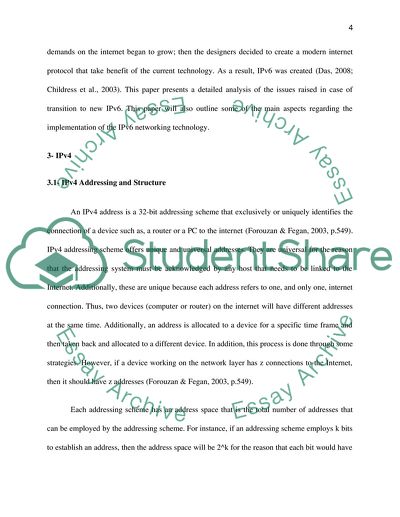Cite this document
(The IPv-4 and IPv-6 Network Technologies: the Characteristics of Both Research Paper, n.d.)
The IPv-4 and IPv-6 Network Technologies: the Characteristics of Both Research Paper. Retrieved from https://studentshare.org/technology/1736739-the-transition-to-ipv6
The IPv-4 and IPv-6 Network Technologies: the Characteristics of Both Research Paper. Retrieved from https://studentshare.org/technology/1736739-the-transition-to-ipv6
(The IPv-4 and IPv-6 Network Technologies: The Characteristics of Both Research Paper)
The IPv-4 and IPv-6 Network Technologies: The Characteristics of Both Research Paper. https://studentshare.org/technology/1736739-the-transition-to-ipv6.
The IPv-4 and IPv-6 Network Technologies: The Characteristics of Both Research Paper. https://studentshare.org/technology/1736739-the-transition-to-ipv6.
“The IPv-4 and IPv-6 Network Technologies: The Characteristics of Both Research Paper”, n.d. https://studentshare.org/technology/1736739-the-transition-to-ipv6.


